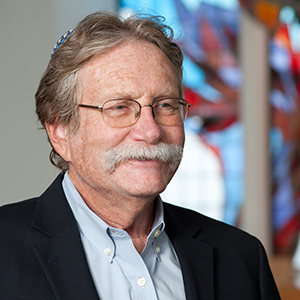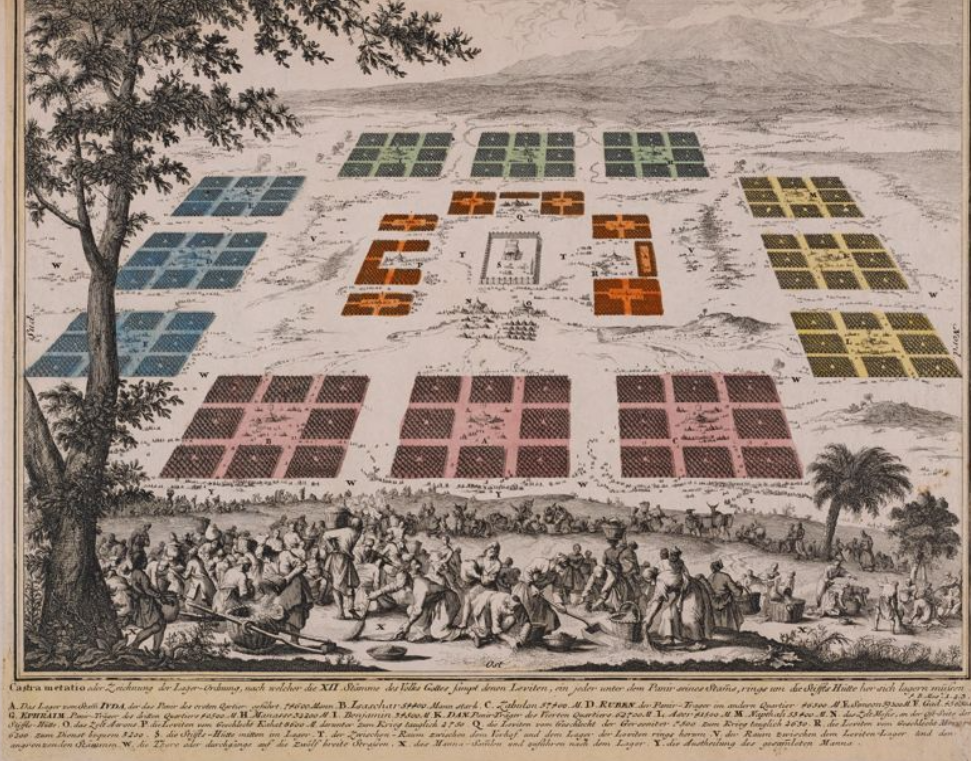Reliving Revelation

This commentary was prepared for the author’s informal weekly email to the Women’s League Seminary Synagogue community.

The fourth book of the Torah (“Bemidbar Sinai”) begins with a census of the (male) heads of clans among the Israelites in the second year of their freedom. And then, it lays out the pattern according to which the 12 tribes and the religious functionaries (levi’im and kohanim) are to set up camp in the wilderness. When you read it, you are struck by the attention to detail and good order, something which is rather typical in documents with a priestly source.
There is an aspect to that template for establishing camp that can escape attention but has fascinated me for some time. Imagine that you were able to take an aerial photo of the Israelite camp at one of its wilderness stations. What would you see? According to our text, you would see a holy site at the center (the Mishkan), so sacred that it is off limits to all but a select few. And emanating from the altar at that center is a column of smoke that never goes out (as Leviticus 6:6 requires). Surrounding that holy precinct are Moses and Aaron, and the remainders of the clans of the religious leaders of the people. And finally, in an outer concentric circle, you would see the various tribes of the Israelites, constituting the goy kadosh, the holy people of which Exodus 19:6 spoke.
What is noteworthy about that “skycam” photo? It is just what an aerial shot of the day of revelation at Mount Sinai would have looked like(!): the holy people surrounding the mountain; an inner ring with the kohanim; Moses, Aaron and a few others of their clan even further in; and finally, an all-but-untouchable mountain peak at the center, exuding smoke like the “smoke of a kiln.” The Israelite camp was constructed to be a replica of Mount Sinai on the day of revelation.
In other words, the apparently dry instructions at the beginning of Bemidbar are actually a prescription for a most important religious practice. It is captured in the imperative “Zakhor,” which Abraham Joshua Heschel understood not as a mere intellectual activity of recall, but as the practice of putting oneself back into a foundational spiritual experience. It is to be at Sinai, in addition to simply remembering the story of what happened there. And extending that, we can say that bringing all of the spiritual moments in our lives with us on our journeys is a crucial prescription that we are given in this fourth book of the Pentateuch. Since it is also the final Shabbat before the celebration and reenactment (through late night study) of the revelation on Shavuot, the lesson it brings with it should particularly command our attention.
Find an alternative perspective on the Israelite encampment here.
The publication and distribution of the JTS Commentary are made possible by a generous grant from Rita Dee (z”l) and Harold Hassenfeld (z”l).



